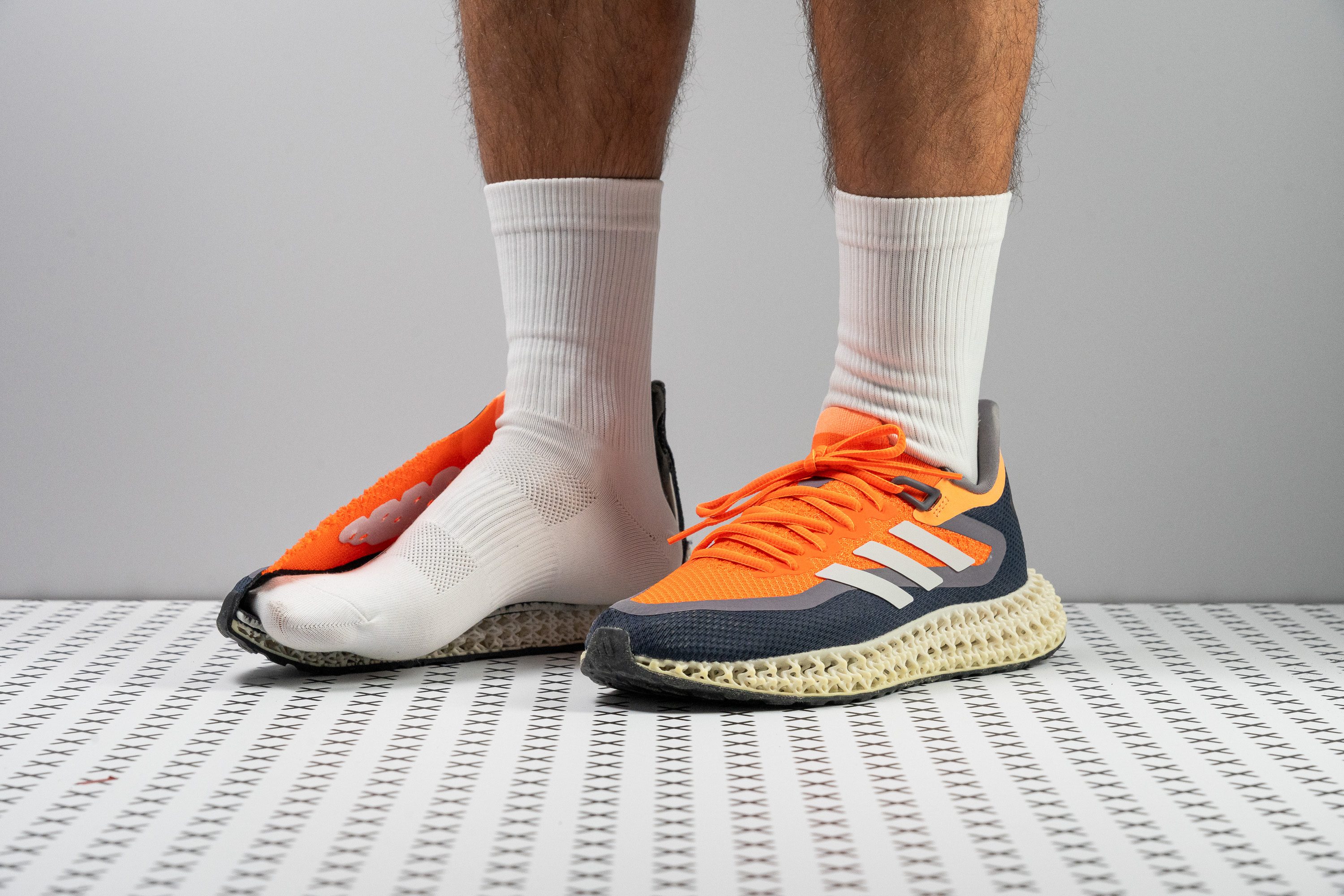Our verdict
Pros
- Unique midsole construction
- Supportive fit
- Comfortable in-shoe feel
- Good grip on roads
- Extremely durable
- Plenty flexible
- Stunning design
- Environmental-friendly
Cons
- Not for the budget-minded
- Very heavy
- Not for wide feet
- Some breaking-in required
Audience verdict
- Top 22% in road running shoes
- Top 22% in neutral running shoes
Comparison
The most similar running shoes compared
+ + Add a shoe | |||||
|---|---|---|---|---|---|
| Audience score | 90 Superb! | 85 Good! | 88 Great! | 81 Good! | |
| Price | $200 | $65 | $200 | $75 | |
| Pace | Daily running | Daily running | Daily running | Daily running | |
| Arch support | Neutral | Neutral | Neutral | Neutral | |
| Weight lab Weight brand | 12.6 oz / 356g 12.4 oz / 352g | 9.7 oz / 275g 10.7 oz / 303g | 12.3 oz / 348g 12.2 oz / 345g | 10.5 oz / 298g 9.9 oz / 280g | |
| Drop lab Drop brand | 10.6 mm 11.0 mm | 9.4 mm 10.0 mm | 9.9 mm 10.0 mm | 9.4 mm 10.0 mm | |
| Strike pattern | Heel | HeelMid/forefoot | HeelMid/forefoot | HeelMid/forefoot | |
| Size | Slightly small | True to size | True to size | Slightly small | |
| Midsole softness | Firm | Balanced | Firm | Firm | |
| Difference in midsole softness in cold | Small | Small | Small | Small | |
| Toebox durability | - | Bad | Good | Bad | |
| Heel padding durability | - | Bad | Good | Bad | |
| Outsole durability | - | Decent | Good | - | |
| Breathability | Warm | Moderate | Warm | Moderate | |
| Width / fit | Narrow | Wide | Narrow | Medium | |
| Toebox width | - | Medium | Medium | Medium | |
| Stiffness | Stiff | Moderate | Moderate | Moderate | |
| Torsional rigidity | Flexible | Flexible | Flexible | Moderate | |
| Heel counter stiffness | Moderate | Moderate | Flexible | Moderate | |
| Heel lab Heel brand | 31.8 mm 32.0 mm | 31.2 mm 33.0 mm | 32.6 mm 34.0 mm | 32.0 mm | |
| Forefoot lab Forefoot brand | 21.2 mm 21.0 mm | 21.8 mm 23.0 mm | 22.7 mm 24.0 mm | 22.6 mm | |
| Widths available | Normal | NormalWide | Normal | NormalWideX-Wide | |
| Orthotic friendly | ✓ | ✓ | ✓ | ✓ | |
| Season | All seasons | All seasons | All seasons | All seasons | |
| Removable insole | ✓ | ✓ | ✓ | ✓ | |
| Ranking | #132 Top 21% | #203 Bottom 44% | #120 Top 33% | #287 Bottom 22% | |
| Popularity | #548 Bottom 16% | #149 Top 41% | #340 Bottom 7% | #101 Top 28% |
Size and fit
Size
Adidas 4DFWD 2 fits slightly small (26 votes).
Who should buy Adidas 4DFWD 2
This distinctive offering from Adidas is a solid option to consider if you are a sneakerhead and want a running shoe that looks, and indeed is, very cool, for your casual and daily runs, or to use all day.
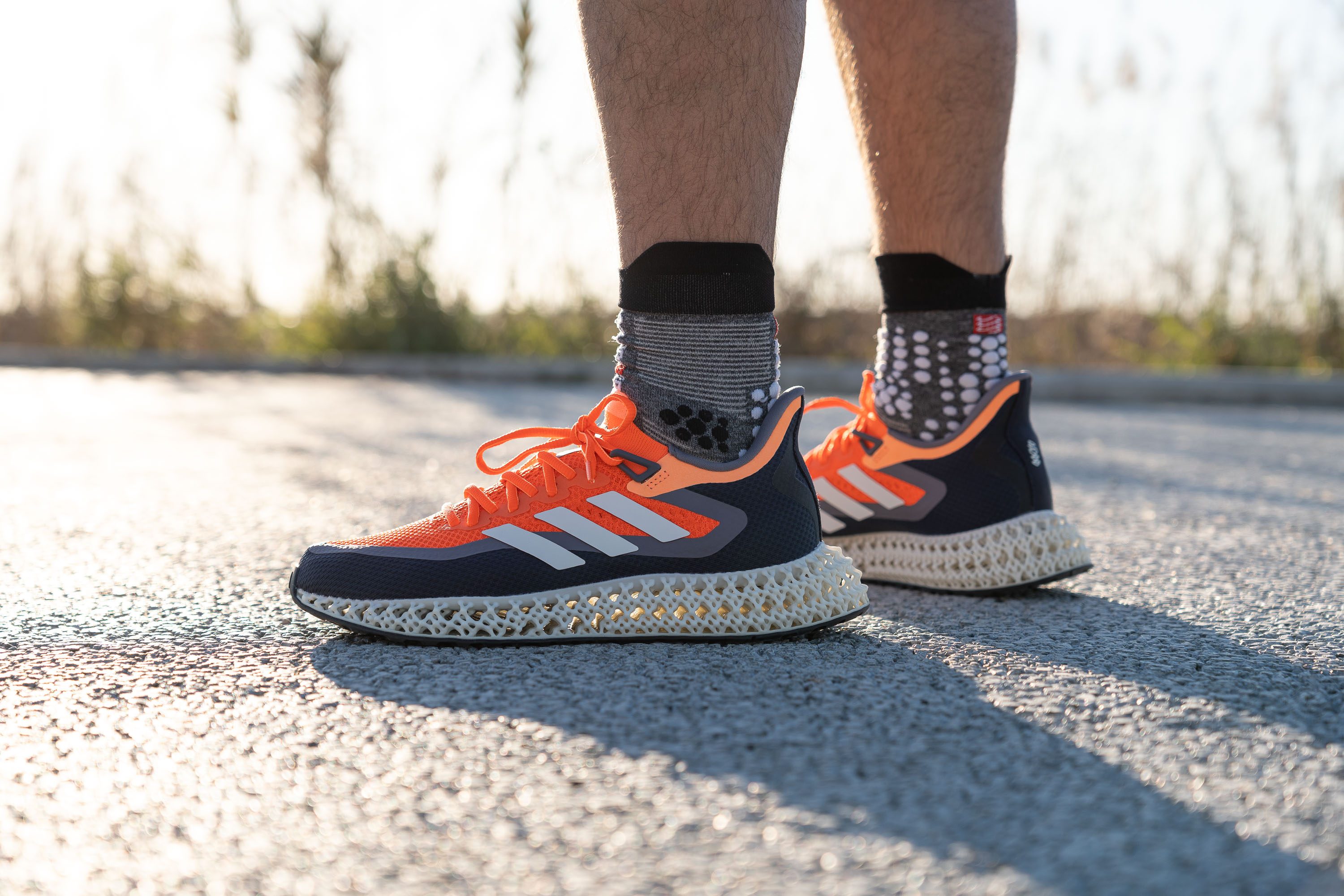
Who should not buy it
If you want an affordable option, we think that the Adidas Adistar ($130 MSRP) is a better choice for you.
And if you need something lighter instead, we suggest having a look at the Adidas Adizero Boston 11 (80g lighter in a men's US 9).

A foot in two camps
This Adidas model makes for a great choice both as a sneaker and as a daily shoe for short and slow runs. However, it is equally capable of longer efforts, where one can get the most out of its futuristic technology.
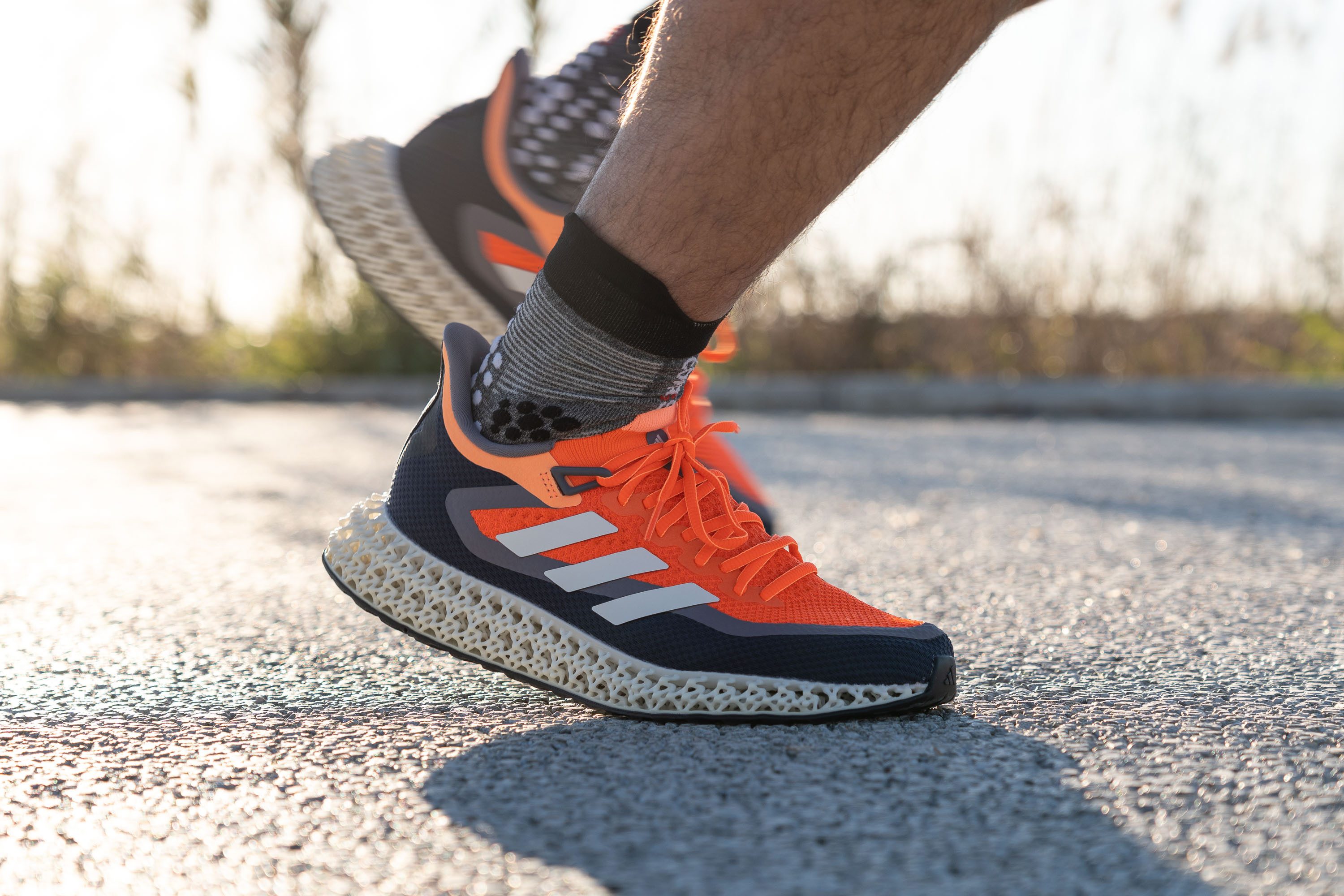
Thumbs up for the upper
The shoe's knit-mesh upper is very comfortable with a very snug, glove-like fit.
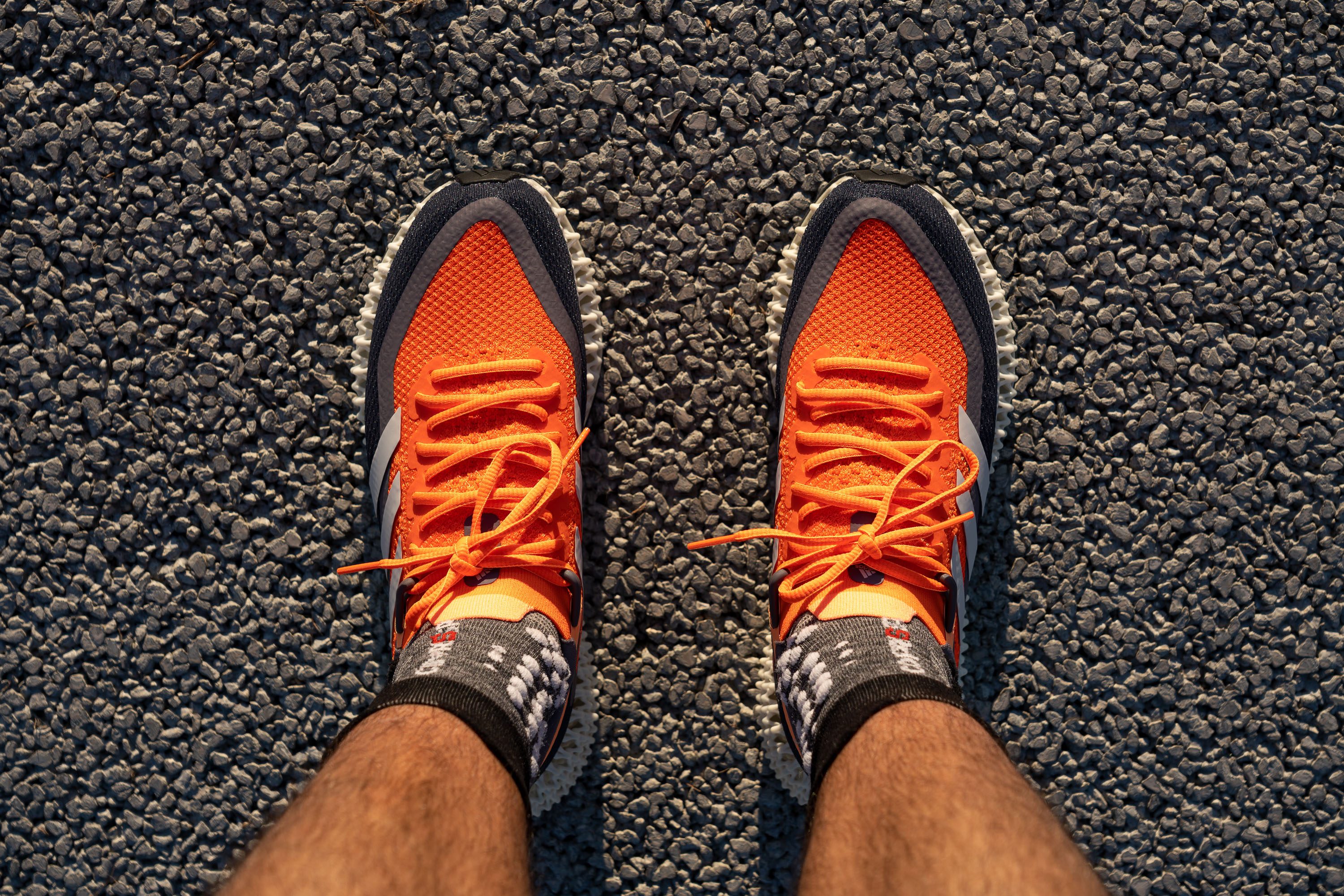
Making sure that the knit upper receives some structure, there are sturdier layers at the bottom of the upper as well as around the heel.
Putting the 4DFWD through our smoke-pumping machine, we found that this type of fabric is actually not very breathable. Based on the amount of smoke passing through the fabric, we assessed its breathability as 2 out of 5, where 1 is the least breathable.
Looking at the transparency test below, you can also see that the ventilation pores are rather small.
P.S. Those large perforations are the shoe's eyelets and don't let the air pass once it is laced up.
The midsole is something else
The 4D midsole, with its look-through design, is where all the attention goes.
This peculiar setup works in mysterious ways because when the lattice structure is compressed, it collapses forward, giving propulsion to the ride.
It is probably the most unique midsole we’ve ever had a chance to experience.
It was challenging to measure the softness of this midsole in the same way we measure other foams.
Based on our durometer test, the 3D-printed material of the 4DFWD is 26% firmer than average. However, once that intricate lattice design comes to life on a run, it makes the ride feel extremely plush.
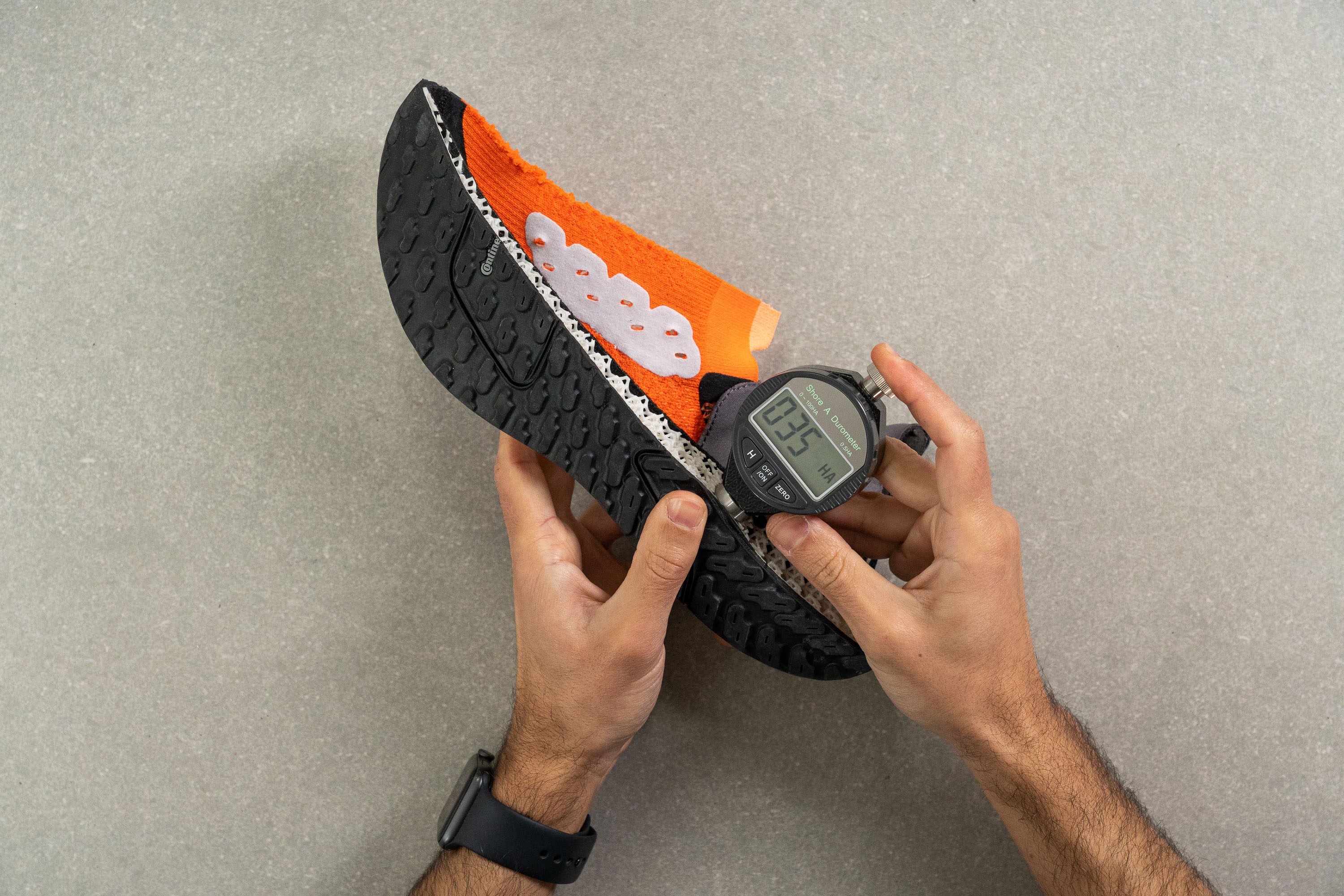
Keep in mind though that this construction will get a little firmer in low temperatures. We put the 4DFWD into the freezer for 20 minutes and then measured its softness again. The midsole got 17% firmer.
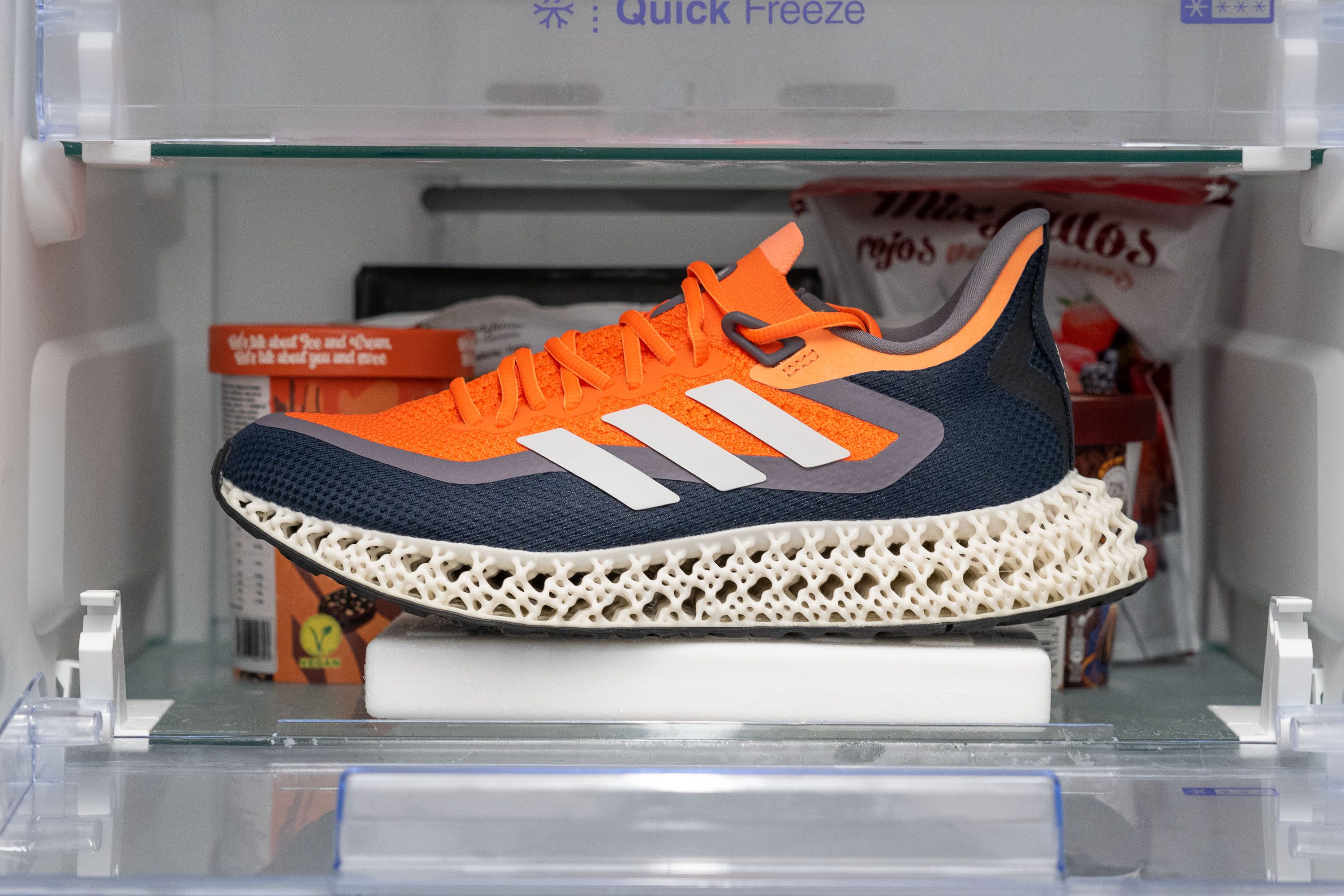
As for the shoe's stack height, it falls into the normal range for a daily running shoe. Using a pair of calipers, we measured the heel at 31.8 mm (1.5 mm lower than the average).
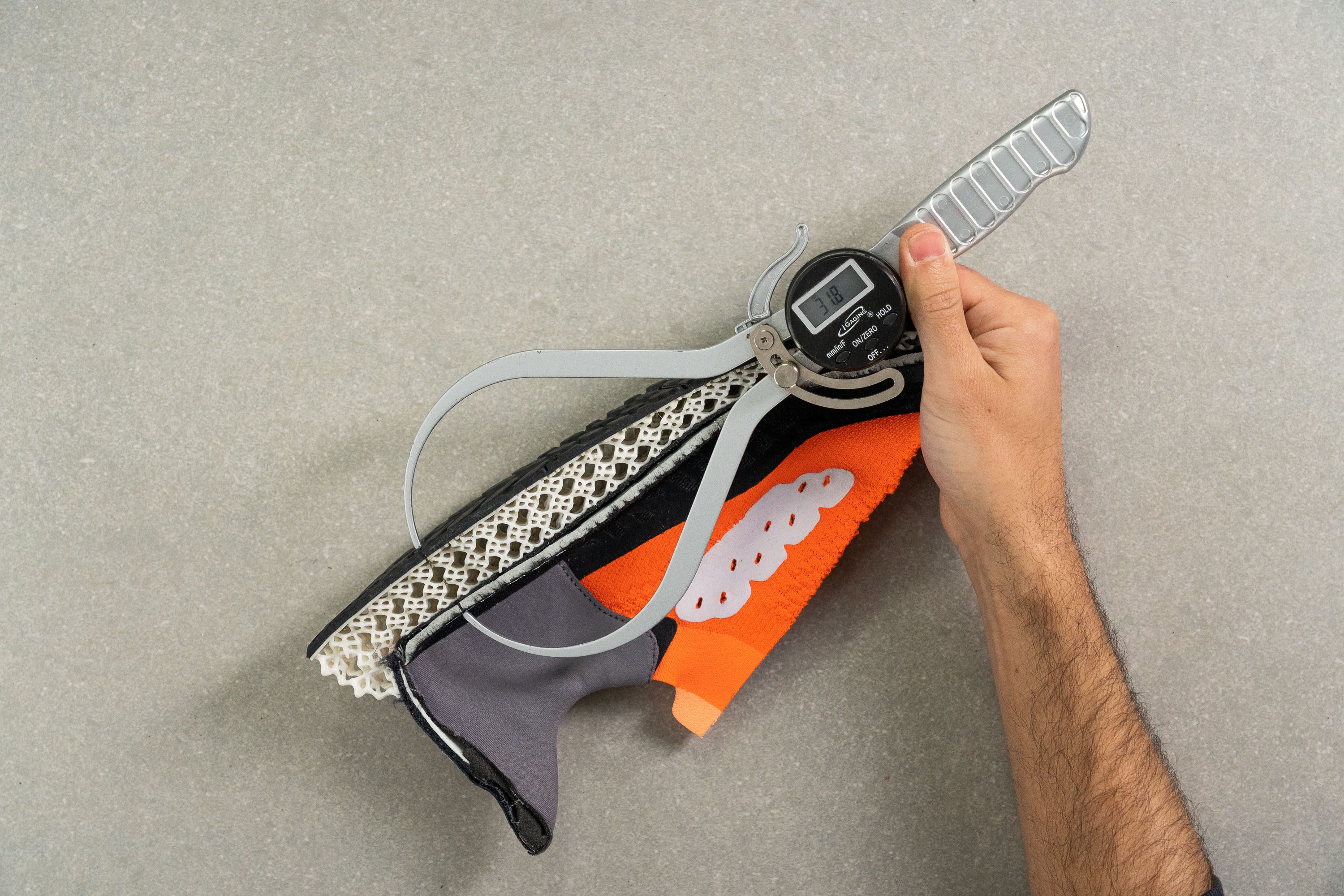
In the forefoot, our calipers show 21.2 mm of stack (3.3 mm lower than average). The heel-to-toe difference gives us a 10.6 mm drop, which is very close to the officially stated 11 mm.
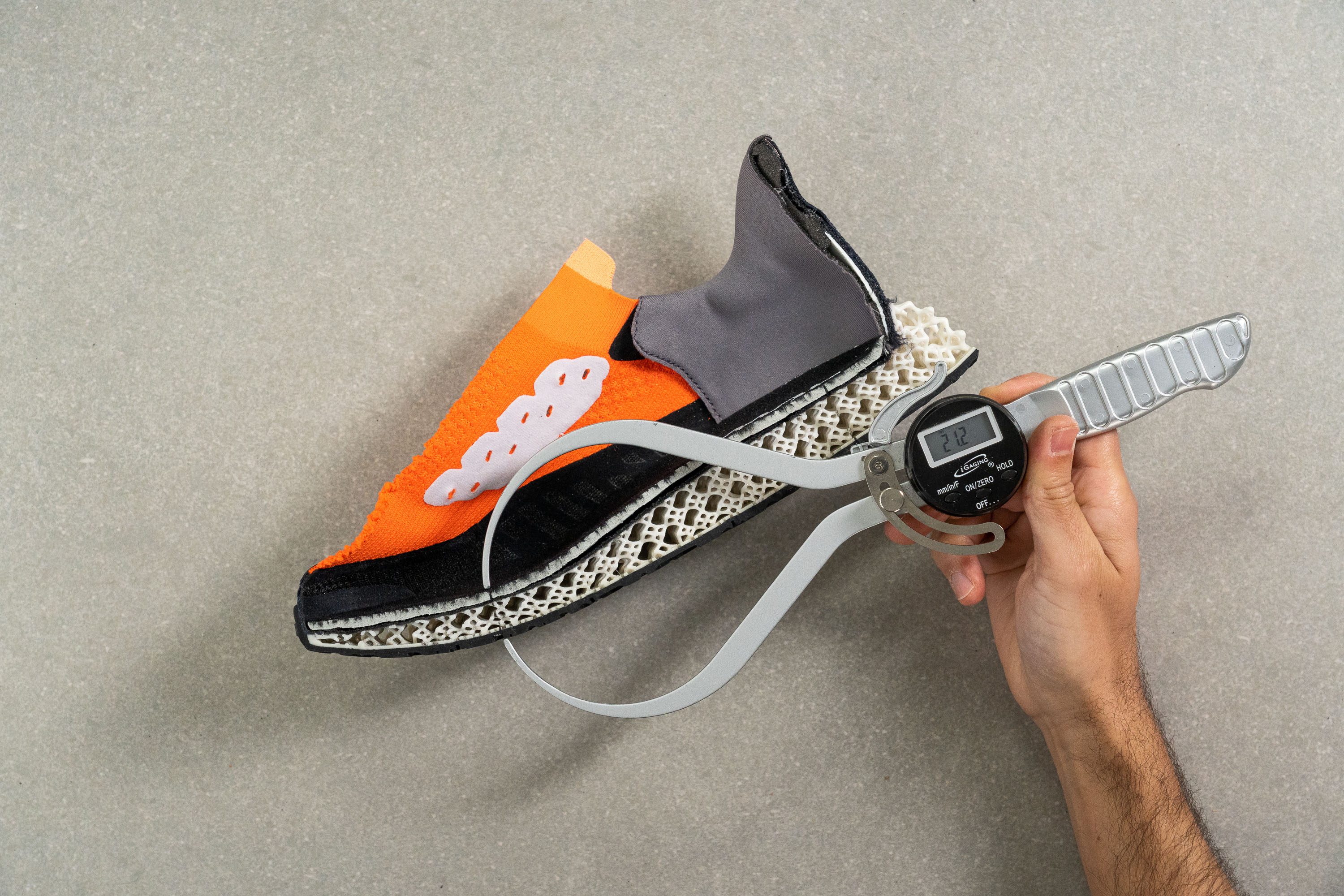
The insole on the Adidas 4DFWD is 4.2 mm thick in the heel. This is also close to the average of 4.5 mm found in road running shoes.
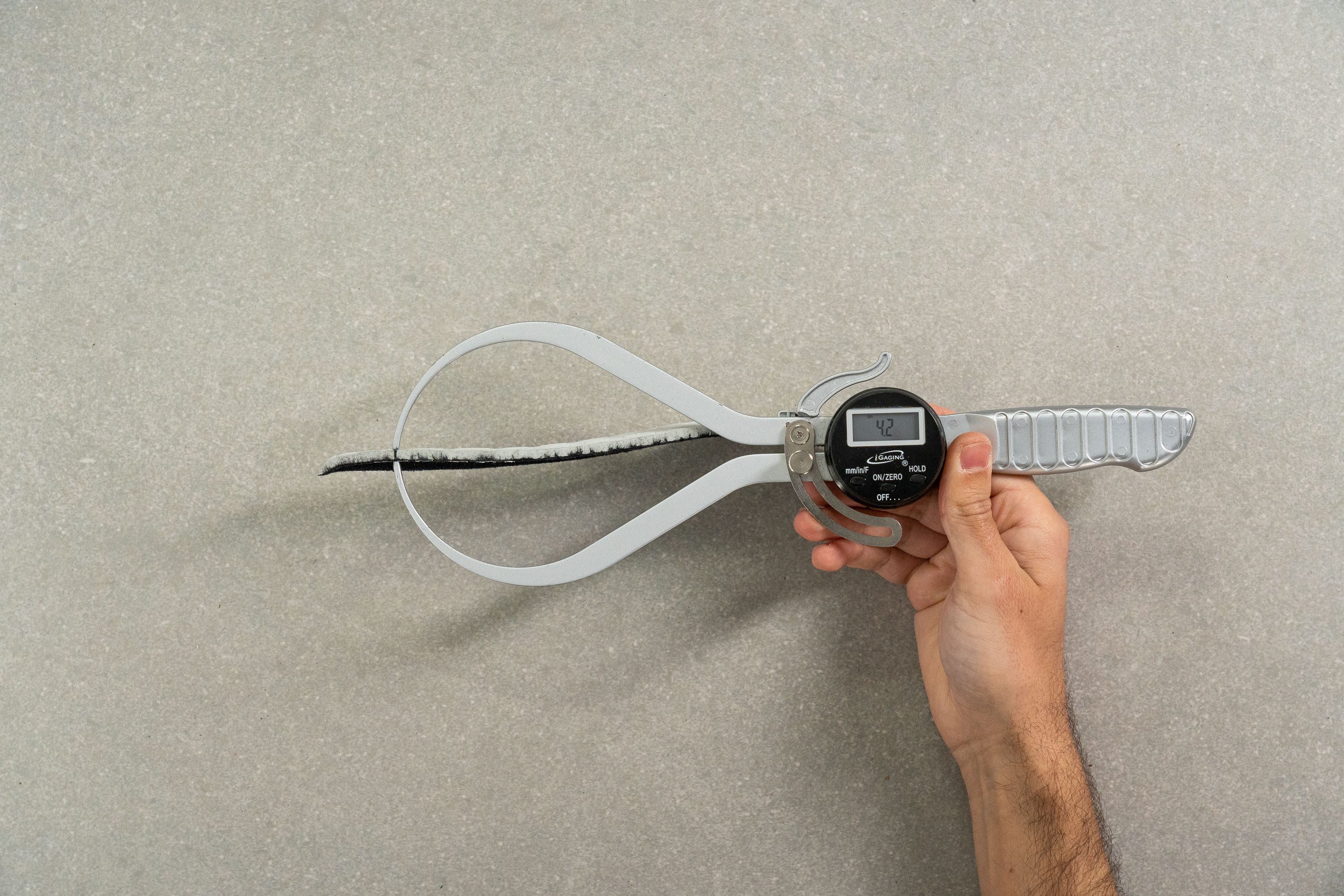
Secure feel in the 4DFWD 2
We must say that support is not lacking in this Adidas shoe either. The upper fit felt extra-supportive and snug and the lockdown remained secure all throughout our test runs.
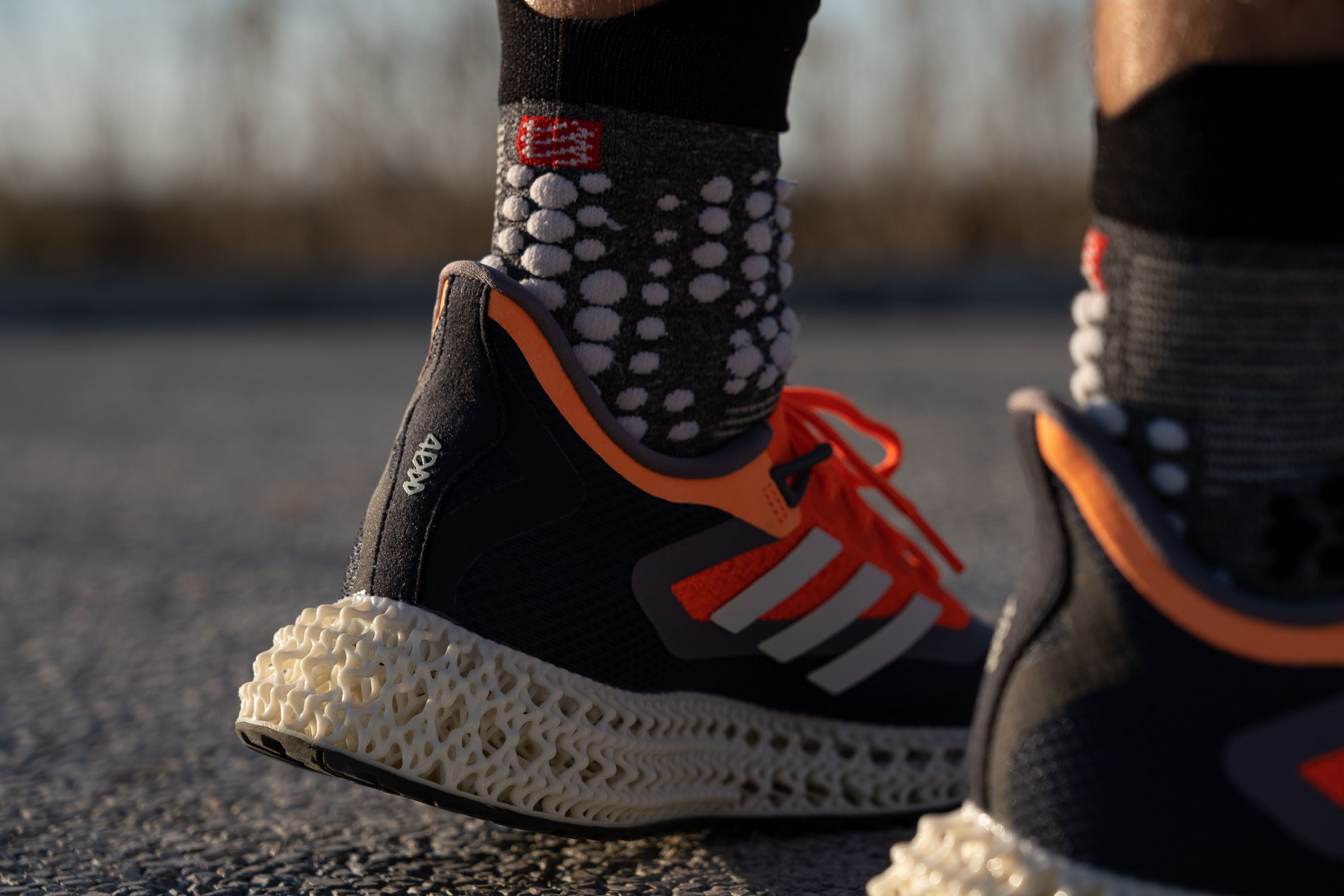
Even though most of the upper is made of a soft knit fabric, the heel counter is actually well-padded and has some stiffness to it. We assessed it as 3 out of 5, where 5 is the stiffest.
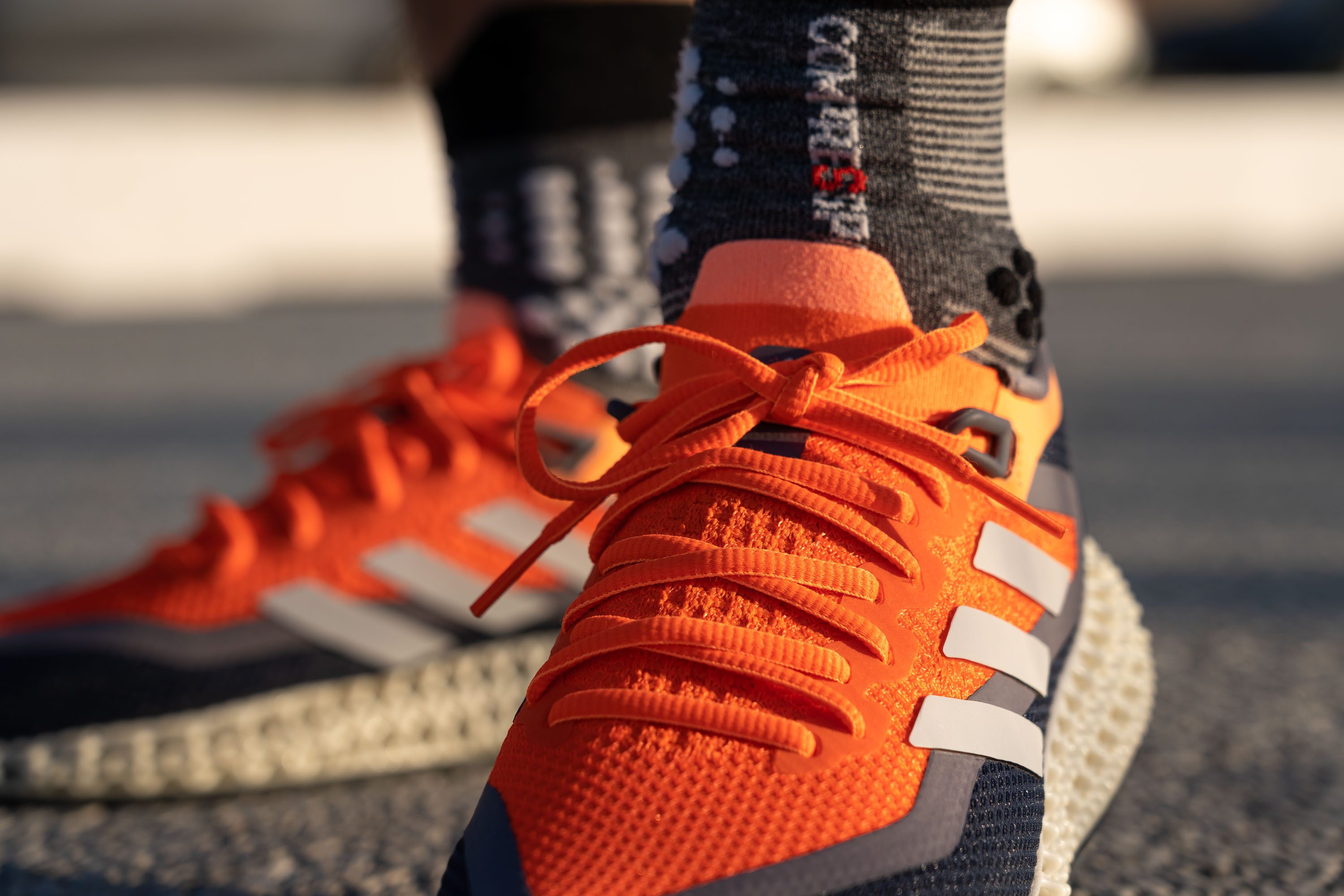
Short breaking in required
When you first put the Adidas 4DFWD 2 on your feet, keep in mind that it takes a few runs to get used to it and get the best out of it.
Surprisingly flexible
The shoe proved to be very flexible as it smoothly moved together with the foot. Overall, we found that this Adidas shoe has a nice flow to it.
Measuring the shoe's resistance to bending, we found it to be surprisingly flexible. The 4DFWD is 36%(!) more pliable than road running shoes on average!
We also calculated that the Adidas 4DFWD is 20% more flexible than other road running shoes with similar stack height (30-32 mm in the heel).
In a manual flexibility assessment, we also rated the shoe as one of the most flexible. On a 1-5 scale where 1 is the bendiest, the 4DFWD gets 1 on both longitudinal and torsional flexibility.
The 4D midsole feels stable (but doesn't look so)
Of course, for runners with flat feet and overpronation, it would be wise to stay away from this Adidas 4D shoe. But for a neutral foot, it makes for a pretty reliable companion.
The shoe's wide platform is definitely a major contributing factor that keeps this lattice construction steady. Based on our caliper measurements, the widest part of the sole comes in at 113.5 mm in the forefoot.
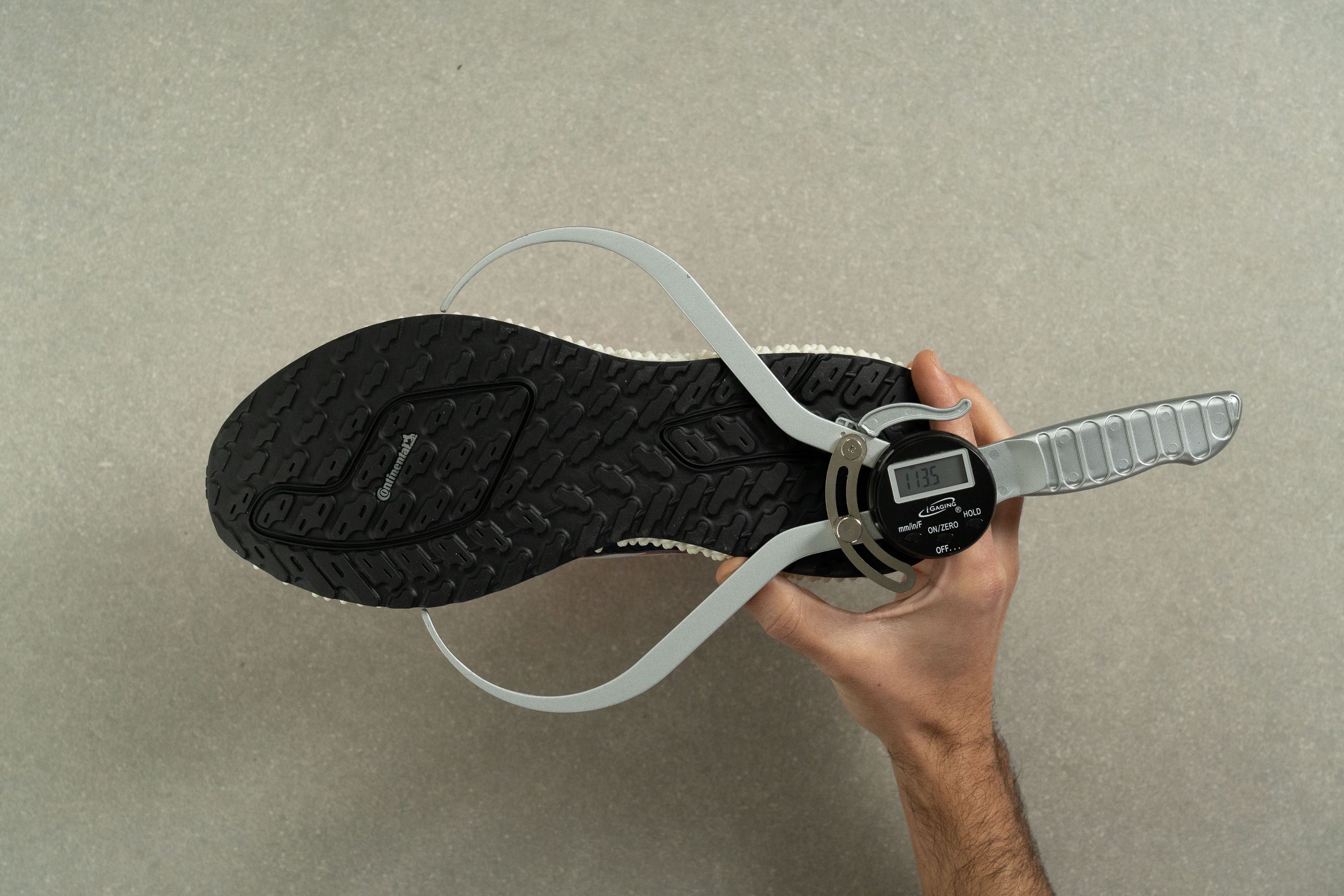
And in the widest part of the heel, it is 92.6 mm (2.5 mm wider than average).
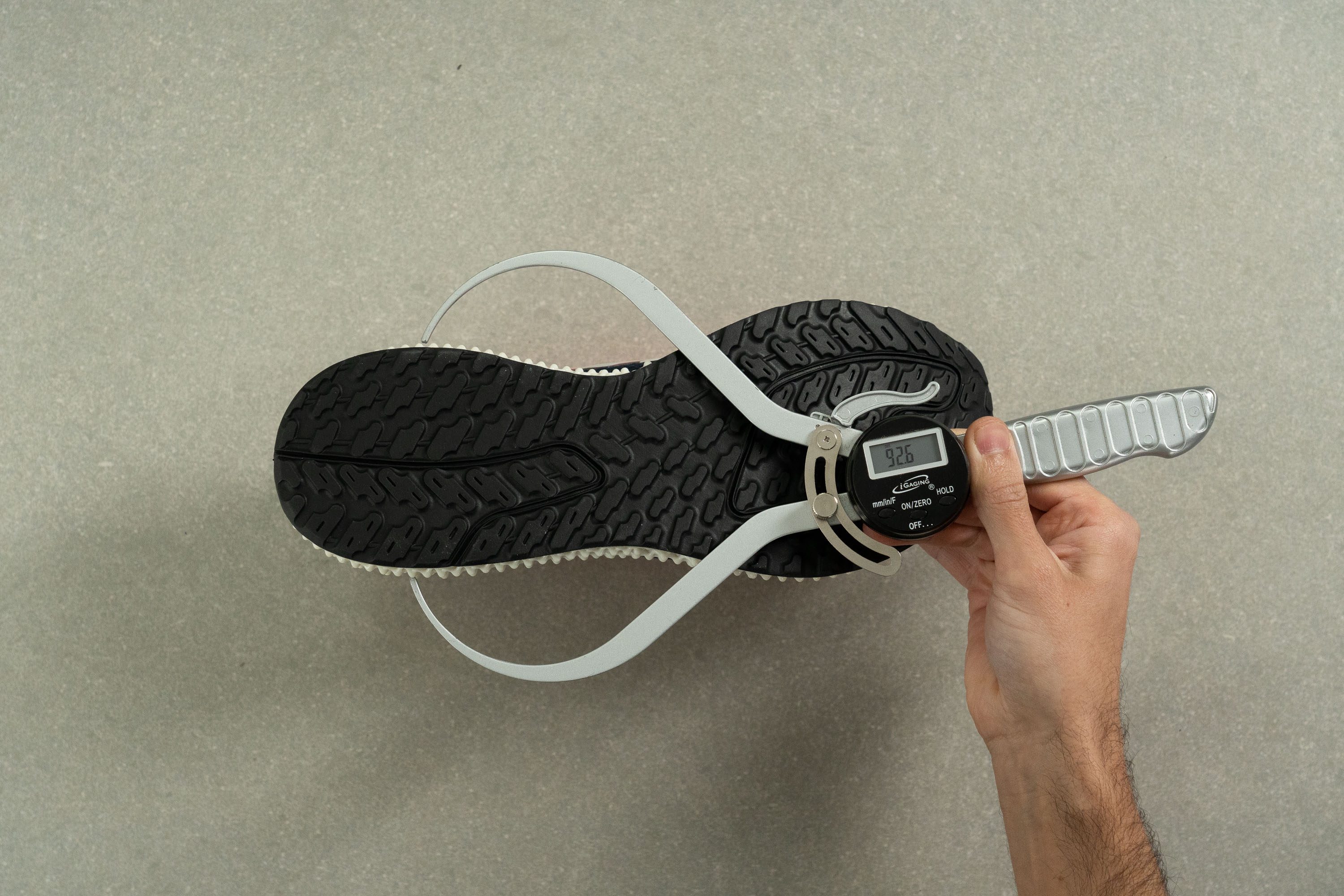
As runners with neutral pronation, we have no complaints regarding the 4DFWD 2's stability aspect.
Adidas 4DFWD 2 has got a new outsole
We have no gripes regarding the outsole’s performance. This time Adidas decided to add their Continental rubber to the shoe, and this increased the traction on asphalt and concrete.

Adidas 4DFWD 2 lasts really long
Having logged over 30 miles in the shoe, we can confirm that the 4DFWD 2 has some of the most durable rubber outsoles among road running shoes.
We can confirm this by measuring how thick and firm the rubber outsole is. Being 4 mm thick, this Continental rubber is more substantial than the average 3.4 mm.

Measuring how hard the rubber is, we found that it is 6.5% firmer than the average of road running shoes. Having a thicker and firmer outsole than most road running shoes, the Adidas 4DFWD is expected to last longer as well.

The same goes for the midsole, as its structure seems to retain elastic capabilities much longer than other materials, such as foam.
Weight is NOT the reason to buy it
The shoe weighs a substantial 12.6 oz (356g), which compared to the average for road running shoes (9.6 oz or 273g) puts it into the very hefty category.
As one of the heaviest shoes on the market, we don't think the 4DFWD 2 is an ideal performance shoe for running.
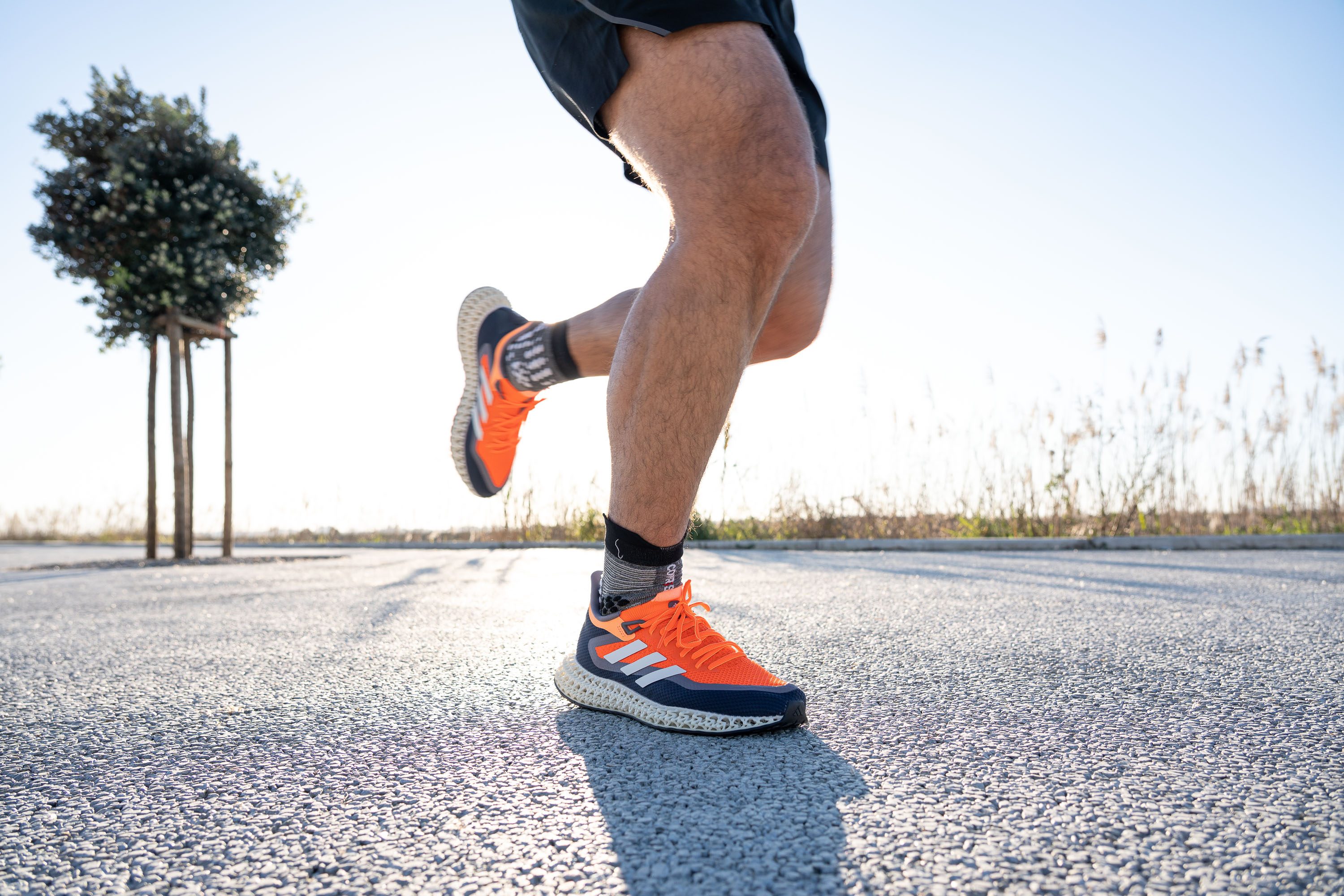
Adidas 4DFWD 2 is heavy on the wallet too
With a price point of $200, there’s no doubt that this is an expensive shoe. We understand however that there has been quite a lot of research behind the 3D-printed midsole, yet the price could put off more than one runner.
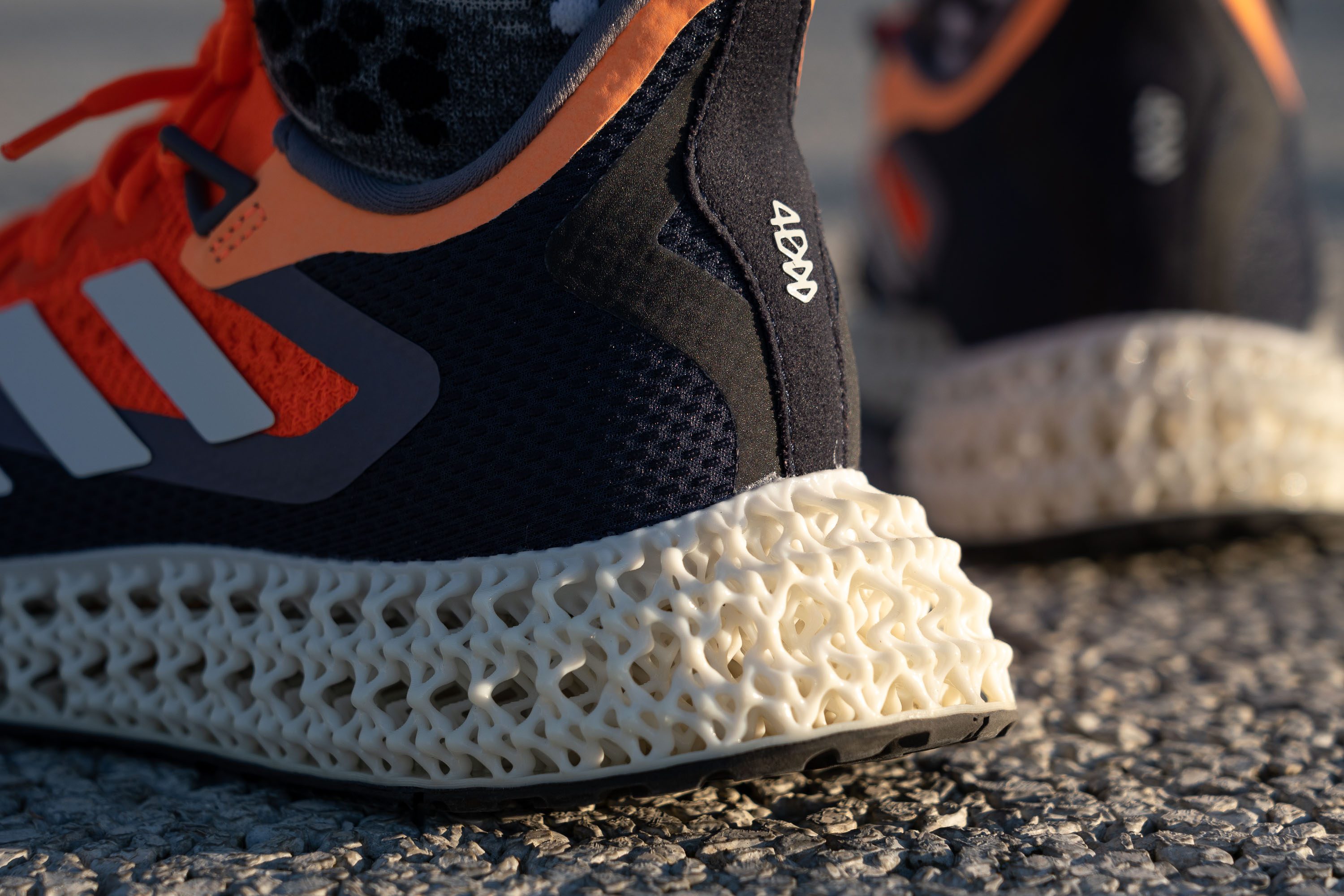
Wide footers, beware
Having measured the widest part of the toebox (93.3 mm), we found that the Adidas 4DFWD is 4.4 mm narrower than the average. It also gets noticeably narrower towards the big toe.
Because the shoe falls into the medium-to-narrow range, people with wider feet might benefit from a wider Adidas shoe such as the Ultraboost Light.
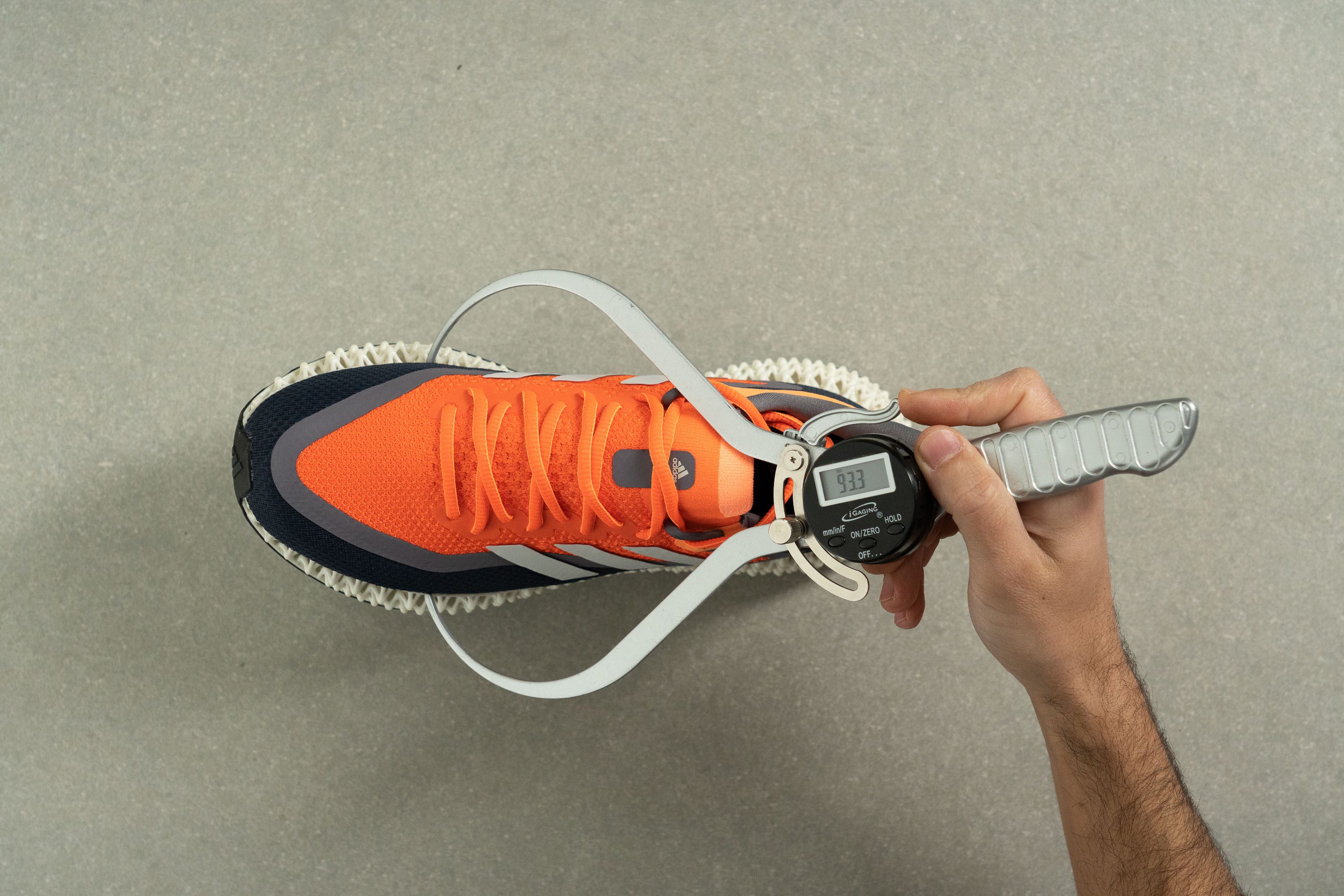
Beautifully sneaker-like
The visual aspect of this model as well as its colorways are astounding. If you crave to stand out from the crowd, this Adidas shoe is truly a one-of-a-kind design.
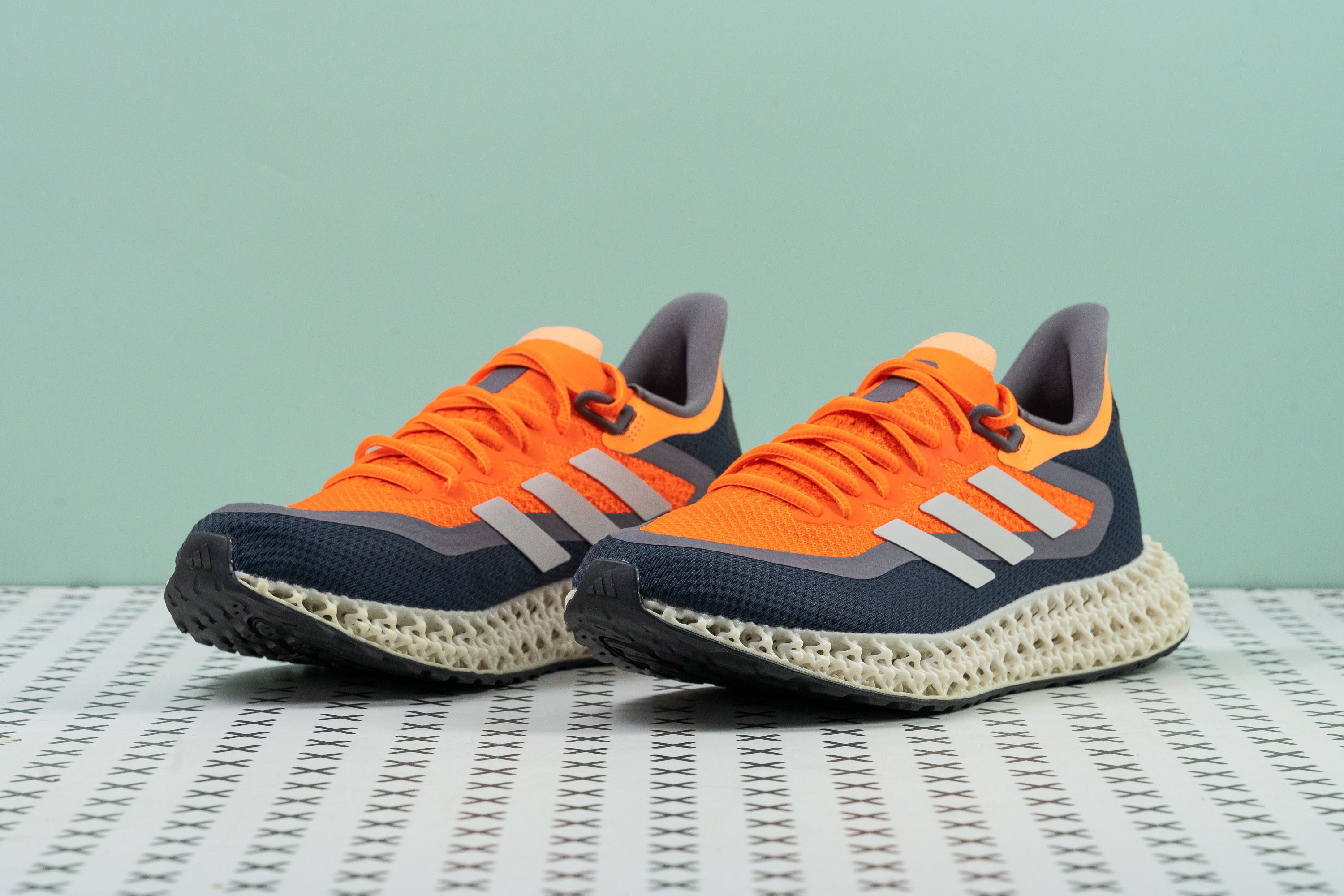
Reflective Stripes
The Three Stripes Adidas logo on the 4DFWD is made of a reflective material, offering a little spark in the dark to make you more visible.

